Introduction
Marrow bones, a culinary treasure cherished across global cuisines, offer a rich, velvety texture and a depth of flavor that elevates soups, stews, and standalone dishes. Whether simmered in a fragrant broth, roasted to golden perfection, or slow-cooked to extract every ounce of umami, the preparation of marrow bones hinges on one critical question: How long should they cook to achieve optimal results? While many recipes suggest a cooking window of 1 to 1.5 hours, the answer is far from one-size-fits-all. This article delves into the science, techniques, and cultural nuances of cooking marrow bones, exploring how time, temperature, and methodology intersect to create dishes that tantalize the palate.
The Science Behind Cooking Marrow Bones
Marrow bones, typically sourced from beef or veal, contain collagen-rich connective tissue and fatty marrow. When cooked, these components undergo a transformation: collagen breaks down into gelatin, imparting a luxurious mouthfeel, while the marrow melts into a silky spread or infuses broths with its distinctive richness. The cooking time required depends on several factors:
- Bone Size and Density: Thicker, denser bones (e.g., femur or shin bones) require longer cooking to soften the collagen and render the marrow. Smaller bones, like those from the rib or neck, may cook faster.
- Desired Texture: A shorter cook time (1 hour) preserves a firmer, more intact marrow, ideal for spreading on toast or using as a garnish. Longer cooking (1.5 hours or more) yields a softer, more emulsified texture, perfect for blending into sauces or broths.
- Cooking Method: Oven-roasting, simmering, or pressure-cooking each affect the rate of heat penetration and collagen breakdown.
Step-by-Step Guide to Cooking Marrow Bones
Selecting and Preparing the Bones
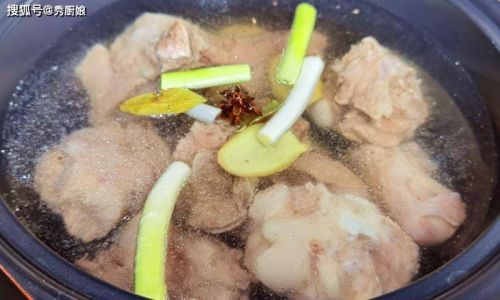
- Sourcing: Purchase bones from a reputable butcher, preferring grass-fed or organic sources for superior flavor. Ask for bones cut crosswise (2–3 inches thick) to expose the marrow.
- Cleaning: Rinse bones under cold water to remove impurities. Some chefs recommend soaking in salted water for 12–24 hours to draw out blood, though this step is optional.
Roasting Technique (1–1.5 Hours)
- Preheat the Oven: Set to 450°F (230°C).
- Seasoning: Rub bones with olive oil, salt, pepper, and aromatics like garlic, rosemary, or thyme.
- Roasting: Place bones on a baking sheet or in a skillet, marrow-side up. Roast for 15 minutes, then reduce heat to 400°F (200°C) and cook for an additional 45–60 minutes. The marrow should be golden and bubbling but not scorched.
Simmering/Braising (1–2 Hours)
- Liquid Base: Submerge bones in stock, wine, or water with vegetables and herbs.
- Simmer: Bring to a gentle boil, then reduce heat to low. Simmer for 1–1.5 hours for a light broth, or up to 6 hours for a concentrated bone broth.
- Skimming: Remove impurities that float to the surface during the first 30 minutes.
Pressure Cooking (30–45 Minutes)
- Quick Method: Seal bones with liquid in a pressure cooker. Cook at high pressure for 30 minutes, then release steam naturally. This method rapidly breaks down collagen but may yield less flavor complexity.
Factors Influencing Cooking Time
Altitude and Equipment
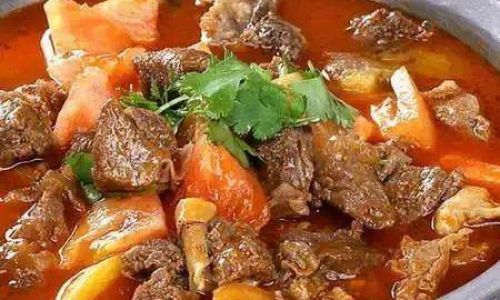
- High-altitude cooking lowers boiling points, requiring longer simmering times.
- Oven types (convection vs. conventional) affect heat distribution; adjust temperatures accordingly.
Marrow Fat Content
- Leaner marrow (from younger animals) cooks faster, while fattier marrow may require additional time to render.
Cultural Preferences
- French Cuisine: Roasted marrow bones (os à moelle) are often cooked for 20–25 minutes at high heat to preserve the marrow’s integrity.
- Asian Broths: Long-simmered bones (6–12 hours) are central to pho and ramen, extracting maximal gelatin.
Common Mistakes and How to Avoid Them
- Overcooking: Marrow becomes greasy and loses its delicate flavor. Monitor closely and remove from heat when the marrow is jiggly but not liquefied.
- Undercooking: Tough collagen remains, resulting in a chewy texture. Ensure bones reach an internal temperature of 160°F (71°C).
- Skipping Seasoning: Marrow is mild; enhance it with salt, pepper, and acidic elements like lemon or vinegar post-cooking.
- Ignoring Bone Orientation: Always cook marrow-side up to prevent fat from spilling into the oven.
Beyond the Basics: Creative Applications
- Marrow Butter: Whip cooked marrow with herbs and softened butter; freeze in logs for slicing onto steaks or vegetables.
- Marrow Dust: Dehydrate bone fragments, grind into powder, and use as a seasoning for a unique umami kick.
- Fermented Marrow: Combine cooked marrow with koji rice to create a savory paste for ramen or dressings.
Nutritional Benefits and Ethical Considerations
Marrow bones are a nutrient-dense powerhouse, rich in:
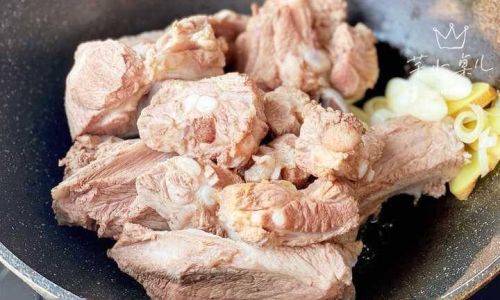
- Vitamins A, D, E, and K: Essential for immune function and bone health.
- Collagen and Glycine: Support joint health and skin elasticity.
- Healthy Fats: Monounsaturated and saturated fats aid hormone production.
However, ethical sourcing is paramount. Opt for bones from animals raised humanely, and repurpose scraps (e.g., using cooked bones as garden fertilizer) to minimize waste.
Conclusion: The 1-to-1.5-Hour Rule Revisited
While 1 to 1.5 hours serves as a reliable baseline for cooking marrow bones, flexibility is key. Experiment with variables like bone size, heat intensity, and desired texture to refine your technique. Whether you prefer a quick roast for a decadent appetizer or a slow-simmered broth for a nourishing soup, mastering marrow bones rewards patience and curiosity. So, the next time you hold a gleaming bone in your hands, remember: time is not an enemy but an ally, transforming humble ingredients into culinary gold.
Final Tip: Always taste as you go. The best dishes emerge when intuition meets technique—and a little marrow never hurt anybody.
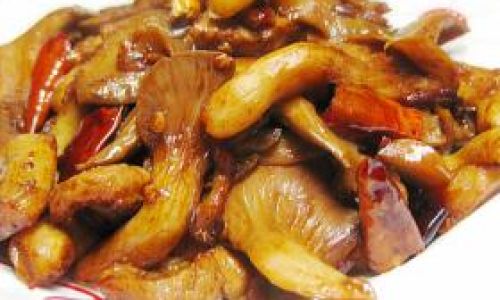

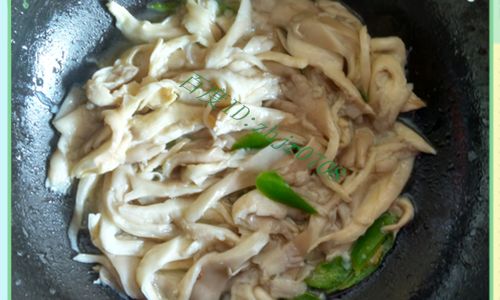

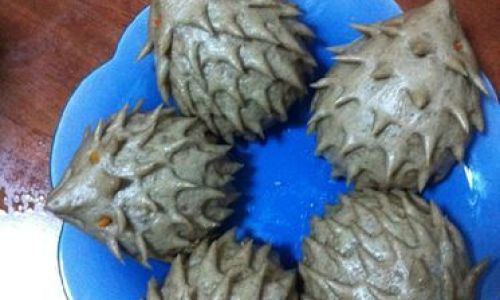
0 comments